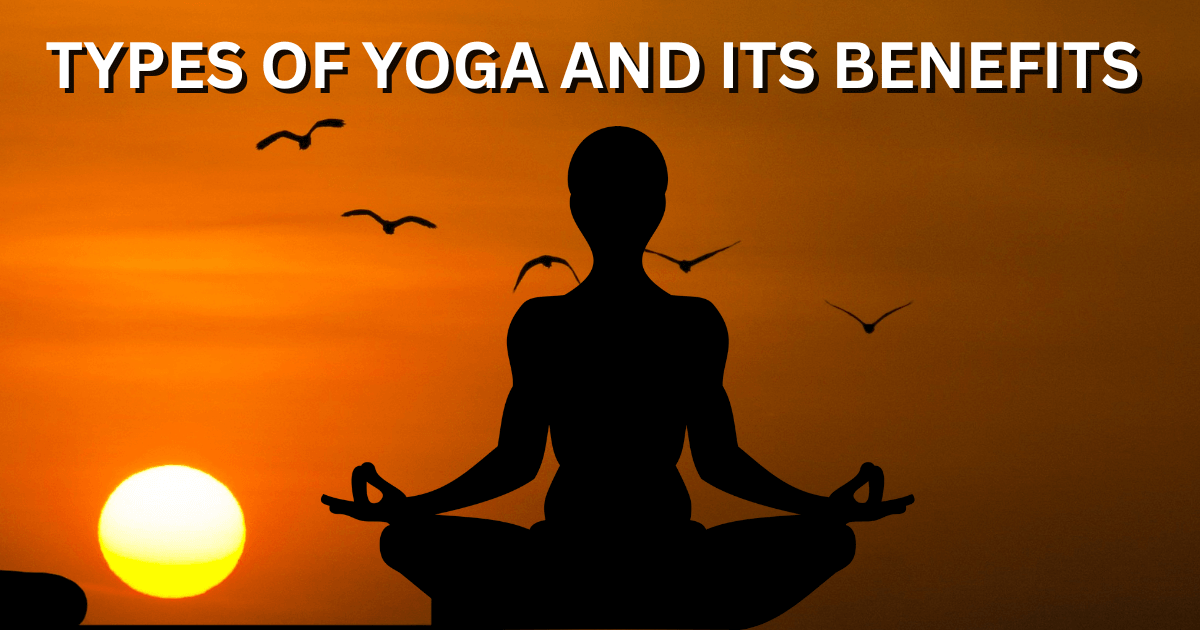Yoga started as an old practice whose beginnings can be followed back to 3000 BC in India.. In the Indus Valley, stone-carved figures depicting the original yoga postures and practices can be found. Modern yoga has evolved to emphasize exercise, strength, flexibility, and breathing. There are many different types of yoga practice which can be done to gain more benefits and advantages and no style is more authentic or superior than the other. It helps in upgrading physical and mental prosperity. In this article we will discuss different Types of Yoga Practice and Benefits of practicing yoga in our daily life.
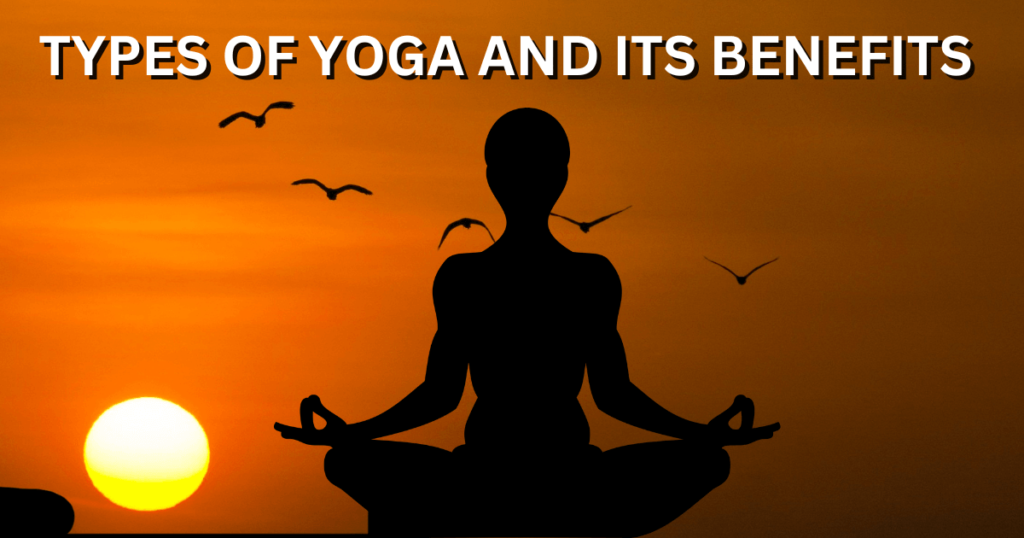
Types of Yoga Practice and Benefits
Ashtanga Yoga
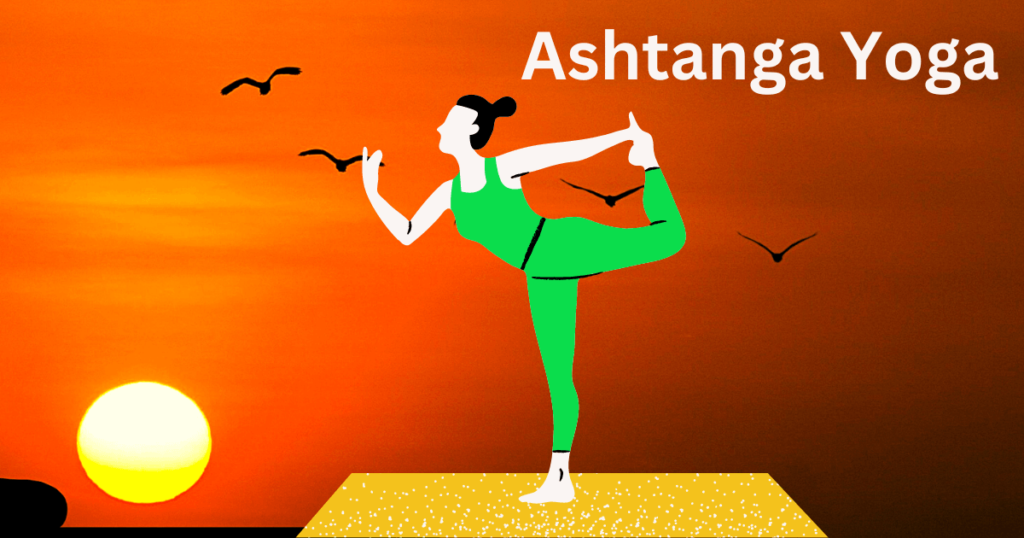
The ancient yoga teachings are used in Ashtanga yoga, which is also known as power yoga. It became the most commonly used practice in the 1970s, the majority of Ashtanga yoga consists of six postures combined with rapid breathing. Athletes and people who want to quickly improve their strength and stamina practice this type of yoga the most. Ashtanga approaches yoga with a constant progression of development. The poses in Ashtanga yoga are more difficult than those in other styles. To keep their focus on strength, Ashtanga yoga students will move quickly from one posture to the next.
Kripalu Yoga
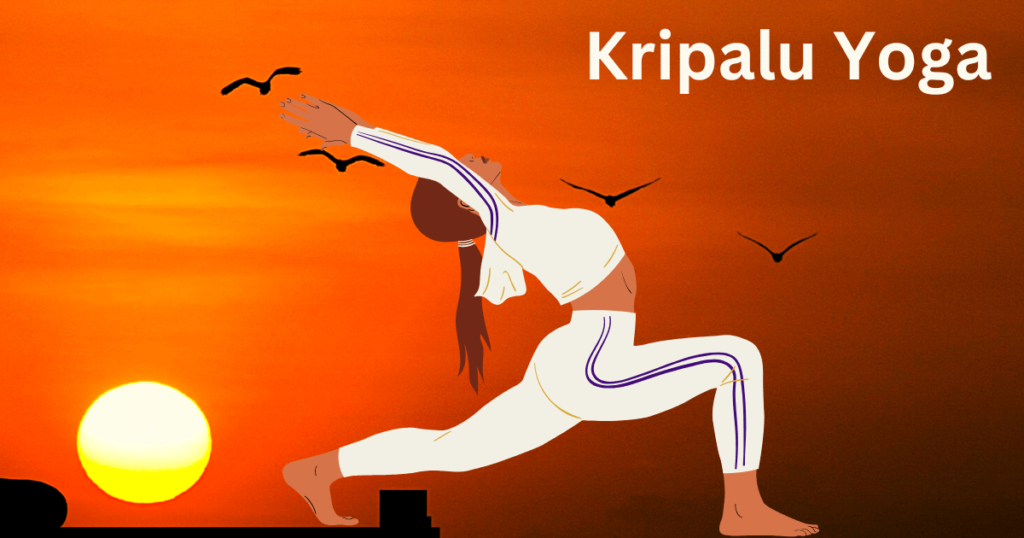
This yoga form is different from other yoga. This type of yoga practice helps the performer to be aware, acknowledge and gain proficiency with their body. Students who practice Kripalu’s Yoga additionally figures out how to rehearse his level by searching internally. In most classes, a series of individual poses and relaxation techniques are followed by gentle stretches and breathing exercises. Kripalu Yoga practitioners can begin and experience a gradual process of physical healing, spiritual awakening, and mental development. The practice of Kripalu yoga places a strong emphasis on spiritual transformation through meditation and physical healing in daily life.
Hatha Yoga
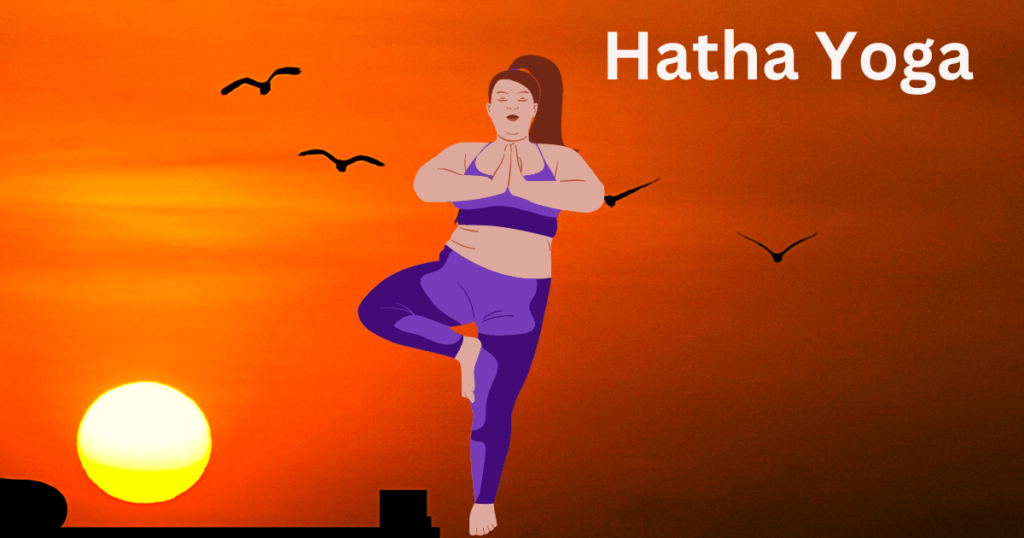
Yogi Swatmarama introduced Hatha Yoga in the 15th century. The Sanskrit word for “hatha” means “stubborn”. Therefore, the term “hatha yoga” e practice means the stubborn practice of yoga. The purification of the physical body, which in turn purifies the mind or vital energy, is the primary focus of Hatha yoga. Any form of yoga that teaches physical postures is referred is “Hatha yoga”. Classes known as “hatha yoga” typically provide a gentle introduction to the fundamental yoga poses. Most people do Hatha Yoga for health and vitality. Yoga, on the other hand, is translated as “yoke,” or joining together. Both of these terms refer to force or determined effort. The words “ha,” which means “sun,” and “tha,” which means “moon,” are combined to make the term “hatha yoga.” It is similar to other modern aerobic exercise, it helps the performer to improve their balance, flexibility, and physical health
Kundalini Yoga
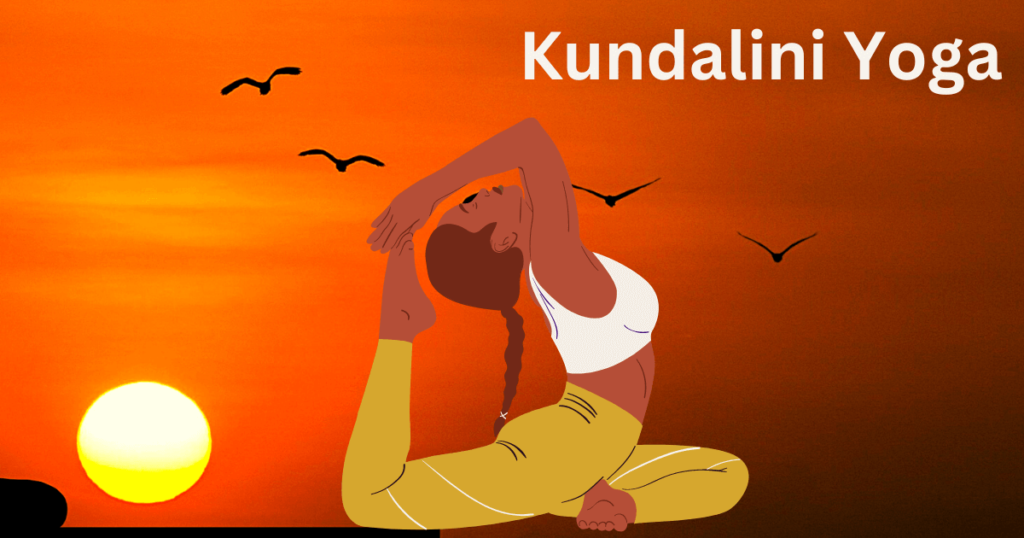
The term “kundalini” means ” to be coiled yourself like a snake.” while practicing this form of yoga. It is similar to meditation in yoga which help to remove the unwanted energy from mind. Kundalini Yoga main purpose is to focus on the spiritual act of yoga. Singing and chanting typically mark at the beginning and end of a class. In between practicing asanas, pranayama, and meditation is done to achieve a particular result. Kundalini Yoga is very useful to increase self-perception and self appreciation, it reduces stress and anxiety which help to improve cognitive function. Kundalini Yoga can reshape your mental, emotional, physical, and spiritual bodies through consistent practice, facilitating permanent weight loss and fat burning.
Iyengar Yoga
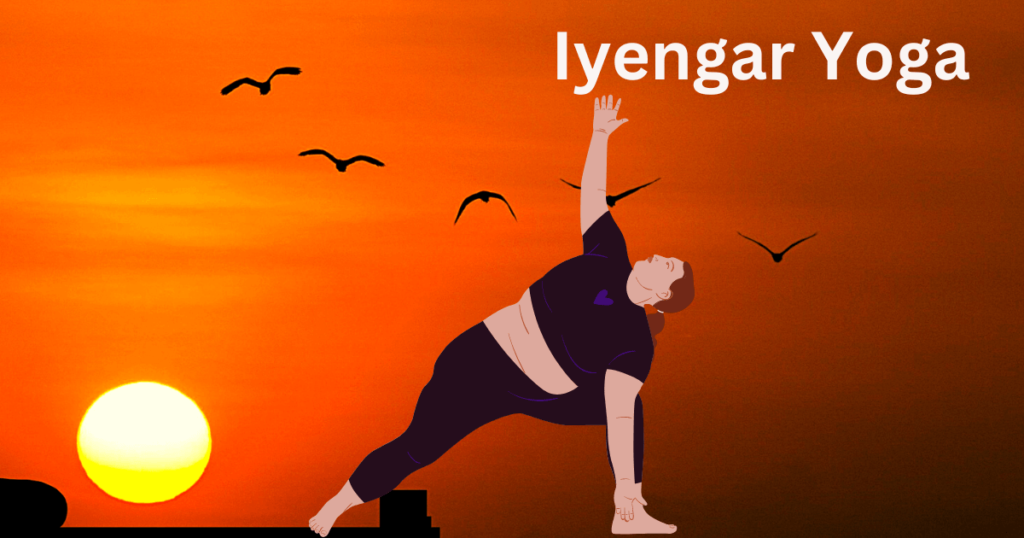
He is the creator of the yoga style known as “Iyengar Yoga.”. It is a type of yoga in which all poses are correctly aligned with the help of various props like a blanket, pillow, chair, and long round pillow etc. Iyengar Yoga is form of yoga which emphasizes the structural alignment of the body through asana practice. It can be practice and performed by all ages of person regardless to their fitness level. It is known for its emphasis on accuracy and timing, this style of yoga mainly focusses on arrangement and required proper utilization of props. It is the combination of asanas (poses) and pranayama (breath) help to build strength, stamina and flexibility.
The guru of yoga, Mr. K.S. Iyengar, the founder of Iyengar Yoga, masterminded the techniques and believes that healthy body leads to a healthy mind. Hence this yoga is a moving meditation type of yoga which is a unique combination of movement and meditation. This form of yoga helps the performer to build strength, boost their energy level, improve their body posture and flexibility, reduces stress, anxiety and improved cardiovascular health.
Bikram Yoga
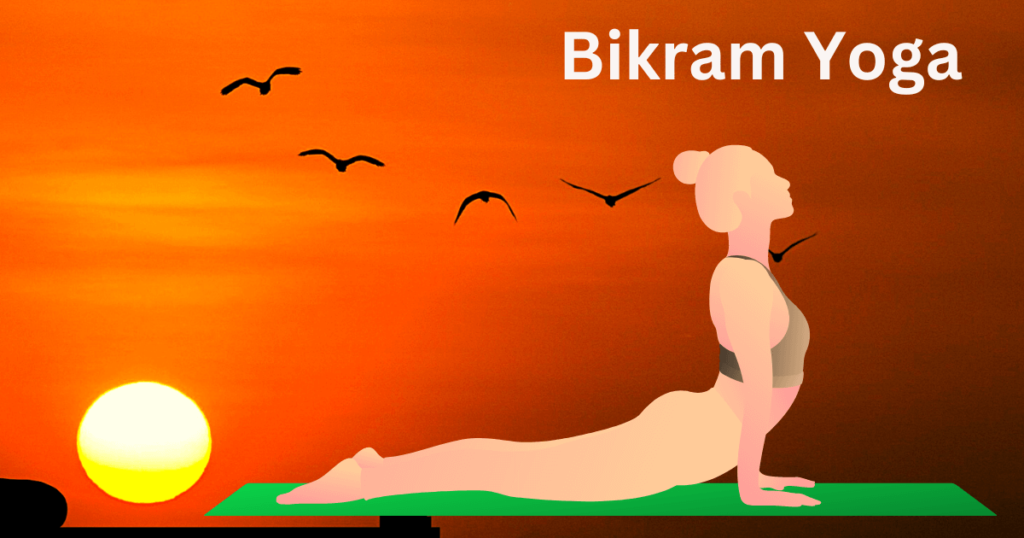
“Hot” Yoga is the name given to Bikram Yoga. Bikram Yoga is a form of yoga exercise named as “hot yoga” that was developed by Bikram Choudhury. Most of this kind of yoga is done in a room that has been artificially heated to about 104 degrees and has 40% humidity. The Bikram series, which is now officially known as the “Original 26 + 2,” has 26 poses and two breathing exercises that are mostly done twice in the same order for 90 minutes. Bikram Yoga has numerous benefits for your mind and body. This yoga practice will help you improve your cardiovascular health, to become more flexible by burning calories, and assist to reduce stress and anxiety. The primary reason that Bikram yoga is so popular is that it helps shape the body by strengthening and toning muscles with each class.
The high heat creates a sweating effect, opens pores, and allows toxins to escape your body because of the artificial room temperature. During a 90-minute Bikram hot yoga session, per the research and study done in 2014 at Colorado State University it is found that men burned an average of 460 calories while women burned an average of 330 calories. For improved results practice Hot yoga three times each week is sufficient to assist you with working on your general wellness and wellbeing
Become Online Meditation Teacher
Sivananda Yoga

The Sivananda Yoga is best for new beginner to begin their training as it depends on the five-point theory. At Sivananda Yoga you will develop your skill by learning and practicing the yoga paths that will take to a state of peace and harmony in your mind, body and soul. This yoga form teaches twelve basic asanas, or yoga positions. The advanced Yoga approach stresses the actual stances while traditional Yoga remembers mental and spiritual parts for the training. This philosophy states that proper a healthy yogic lifestyle can be achieved through proper breathing, relaxation, diet, exercise, and positive mental attitude. Surya Namaskar and Savannah asanas’ 12 basic asanas are typically used. Sivananda yoga is fundamentally an exceptionally whimsical type of customary yoga, it focuses around creating mental and actual prosperity. Because it incorporates relaxation techniques and controlled breathing, Sivananda yoga is particularly beneficial for treating a variety of respiratory conditions.
Jivamukti Yoga

Jivamukti signifies “freedom while alive.” Spiritual practices and teachings were included in this type, which emerged in 1984. Jivamukti yoga is a modern style of yoga, we can say that Jivamukti is a vinyasa style yoga practice that integrates physical and spiritual applications where the asana is normally very fiery, this style was made by craftsman David Life and performer/artist Sharon Gannon. Jivamukti yoga is an exercise-based spiritual, ethical, and physical practice that incorporates vigorous yoga poses. The Yoga name “Jivamukti” which is found in Sanskrit language, word “jivanmukta,” where “Jiva” signifies to the residing of soul and “Mukti” signifies the pattern of death and rebirth, thus it is the main source to be named as “Jivamukti.” This yoga practice method is referred to as “liberation while living.” As it is a combination meditation, chanting, yoga theory and deep relaxation through vigorous asana (physical) practice. Instead of concentrating on the poses themselves, this kind of yoga practice basically focuses on increasing the pace between poses. Vinyasa is the name for this kind of focus. Asana warm-ups, yoga scriptures, chanting, intention-setting, Surya namaskar, backbends, forward bends, twists, pranayama, meditation, and soothing music are used to explore the topic of each class. Jivamukti yoga can be truly extraordinary.
As with other forms of yoga, the Jivamukti Yoga method has many physical and mental advantages. The physical advantages of Jivamukti yoga include an increase in flexibility, strength, and balance. It also aids in the body’s detoxification by improving circulation, which further reduces stress and toxins. Jivamukti yoga is for novices the people who are looking for a gentler asana practice and are in the underlying phases of learning yoga and its advantages.
Appropriation
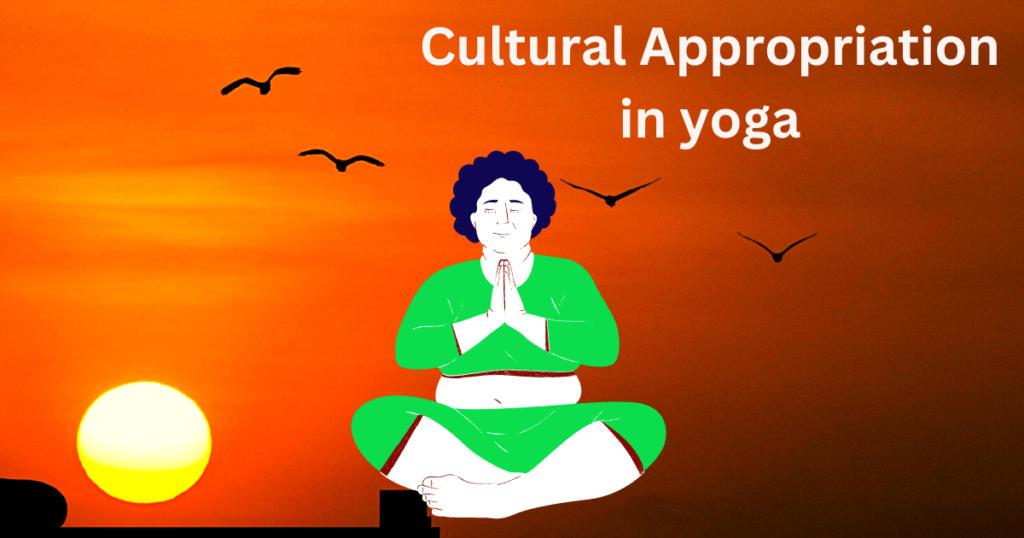
Regardless of physical ability, appropriation can be adapted to any individual. Yoga therapists and anatomy experts require extensive training to become appropriation teachers. Asana, bandha, pranayama, sound, chanting, and meditation are all part of this yoga practice, which can be considered an authentic and complete transmission of yoga’s teachings. Viniyoga means “appropriate application” in Sanskrit. Which shows to a comprehensive mending discipline that tends to the whole individual through it mind, body, ways of behaving, feelings, sprits and breath in an interconnected way. Yoga has many physical and mental benefits, out of those flexibility, balance and strength are the most popular.
How to Join Meditation Teacher Training Course
Prenatal Yoga
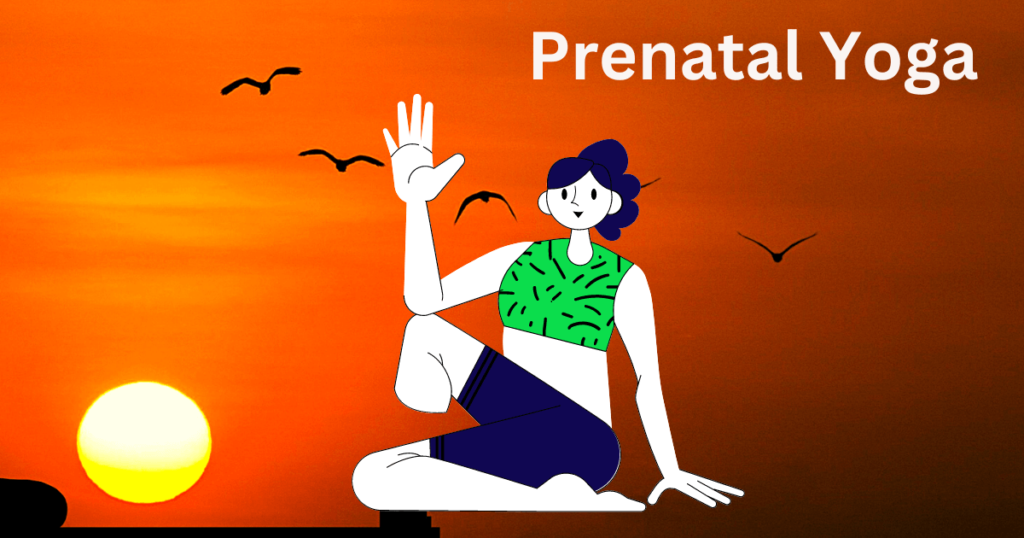
Pregnancy-specific postures are used in this form of yoga, which is practiced before pregnancy. It can support a health-care pregnancy and assist pregnant women in getting back into shape. Pre-birth yoga practice assists with supporting the progressions that occur in a pregnant body. It had been proved and confirmed by many scientists that preforming prenatal yoga by is safe and beneficial to both pregnant women and their unborn child. This yoga is a low impact fitness routine it helps the pregnant women to improve their mood and sleep during pregnancy, which in turn assists you with increasing your flexibility and strength, which in turn helps you to reduce the lower back pain and other typical issues of pregnancy.
If you had any past worst of your morning sickness experience, then it is the ideal time to start prenatal yoga during your pregnancy when your belly starts to make an appearance. Yoga is a great exercise to do while pregnant because it doesn’t put any strain on your joints. Additionally, it has assisted them in managing their anxiety and remaining calm throughout pregnancy and labor. According to a recent study on the practice of prenatal yoga, it has positive effects on labor pain and delivery. During this time, a warning must be strictly followed, and all yoga practice must be done and followed under expert supervision.
Yin Yoga
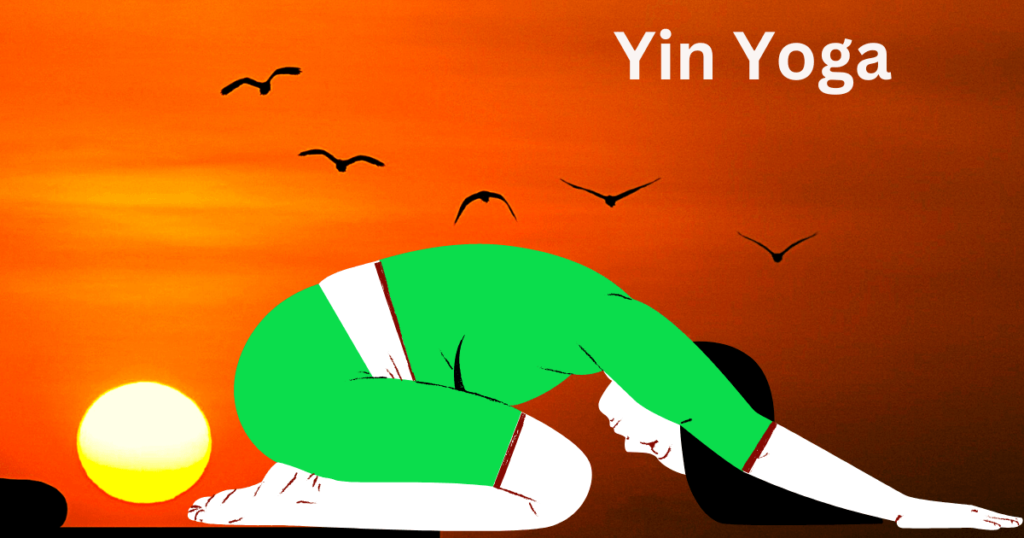
Taoist yoga is another name for this calming and meditative yoga practice. The release of tension in major joints, including, is made possible by yin yoga. Shoulders, hips, full back, knee, ankle, and neck. This form of yoga is based on Taoist idea in ancient Chinese known as “Yang” yoga. They believe that our bodies have pathways of Qi (energy) that run through them. By stretching and deepening our poses in yin yoga, we are allowing the energy to flow freely by removing numerous blockages in our system. You can stretch and lengthen those tissues that you rarely use with yin yoga.
It is a sluggish paced kind of yoga as exercise, to put it plainly, we can say here specific asanas (stances) are held by advance professional for longer timeframe than in different styles and the time range stay between 3 to 10 minutes. Yin yoga is an introspective practice that aims to target deep connective tissues like ligaments, joints, fascia, and bones in the body, giving us a chance to turn inward and cultivate calm. Similar to other types of yoga, researchers have found that if Yin yoga is practiced consistently for 12 weeks, restorative yoga sessions can also result in weight loss. It further assists us in relaxing, calming down, enhancing flexibility, reducing tension, increasing blood flow, and restoring energy levels while we practice it.
Relax Yoga
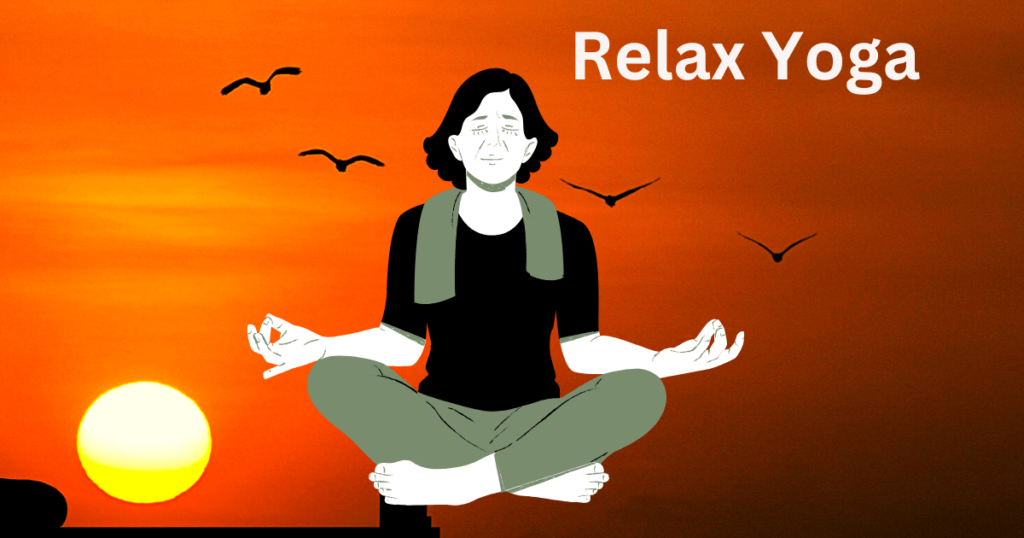
Relax Yoga is a type of yoga that helps you unwind. One of the oldest forms of exercise, this yoga consists of five or seven simple poses. It promotes the state of relaxation in the body and mind by reducing stress and anxiety. Holding a pose does not require any extra effort; you can simply perform calming postures with the assistance of props like blankets or round pillows. The physical postures known as asanas improve flexibility, alleviate stress, and reduce pain. Loosen up yoga asanas might assist you with delivering normal blockages like muscle bunches and strain. At the point when you’re in strain, feeling pressure, and having uneasiness issues, begin doing loosen up yoga at home since it assists the body with feeling loose and quiet, one more advantage of loosen up yoga is to assists an individual with synchronizing the brain, body, soul, and to partake in this ideal unwinding methods.
Learn Professional Meditation Teacher Course Click Here
Conclusion:
Taking everything into account, understanding the various sorts of yoga rehearses and their advantages can assist you with picking the right one for your requirements and inclinations. Any one incorporate yoga in their daily routine can significantly improve their mental, physical and emotional health irrespective of their level of experience. Pay attention to your body, practice mindfulness and if required you should consult with qualified yoga teacher who can guide you to reached your fitness goal by preforming yoga. We hope this informational guide has provided with the useful insights about different type yoga and it benefits.
We genuinely trust that the information as given above has provided you with useful insights about yoga and its benefits. Start practicing yoga right away to reap the life-changing benefits it can offer to your overall health and wellness.
We at www.fitnessmantram.com will always try our best to provide with high-quality, well-written content which will help you in making proper decision regarding your health and wellness. Kindly browse our website for more such informative content related to health and fitness. Stay healthy, balanced, and inspired through the practice of yoga! Namaste.
Kindly note: The above given information in this article is only meant for educational purpose and it should not be expected to fill in for clinical advice given to you by your qualified medical expert. Prior to starting any new physical activity or gym routine in your daily practice, you should consult a certified medical expert.
Frequently Asked Questions
Q: What type of yoga practice is good for beginners?
A: Due to its emphasis on gentle poses and fundamental breathing techniques, Hatha yoga is frequently recommended for beginners. Strength, flexibility, and mindfulness can all be developed on this solid foundation.
Q: Is yoga helpful for losing weight?
A: Even though yoga isn’t really about losing weight, regular practice can help by increasing physical activity, speeding up the metabolism, easing stress, and encouraging mindful eating.
Q: How frequently should I engage in yoga?
A: The goals you have for yourself and your schedule determine how often you should practice yoga. As for types of exercise it is generally recommended that you should start with 2-3 session per week, once you are familiar with these yoga exercise you can gradually increase the frequency.
Q: Can yoga be done by anyone, regardless of age or level of fitness?
A: Yes, Yoga is a type of physical activity which can be be performed by any individuals no matter what their fitness level and age. Always remember to practice yoga under qualified professional and select the type of yoga format which suits best according to your fitness level and benefit.
Q: Is yoga only about physical poses?
A: No, yoga encompasses a great deal more than just performing physical poses. In addition, it includes self-awareness and holistic well-being practices like meditation, breathing exercises, and ethical principles.
Q: Can yoga help with stress and anxiety?
A: Yes, it has been confirmed by many scientists and researcher that yoga has the capacity to reduce stress and anxiety, if it performed under a qualified professional of a yoga expert
Q: Can pregnant women practice yoga?
A: Yes, Prenatal yoga, is a type of yoga which very beneficial for pregnant women, as during pregnancy it help improve their physical and mental health.
Read More
- Why is yoga for everyone
- How to stay fit in winter
- knee-pain-when-walking-treatment
- The True Reason Why You’re Struggling To Lose Weight
- Things You Should Know About Stretching.
Disclaimer: The details & information given here in this article is based on information as available on other published site on internet. Do take medical advice before adopting it. Fitness Mantram Does Not Confirm It. This site contains affiliate links. If you choose to make a purchase after clicking a link the author/owner/creator may receive a commission at no ADDITIONAL cost to you. Thank you for your support!
